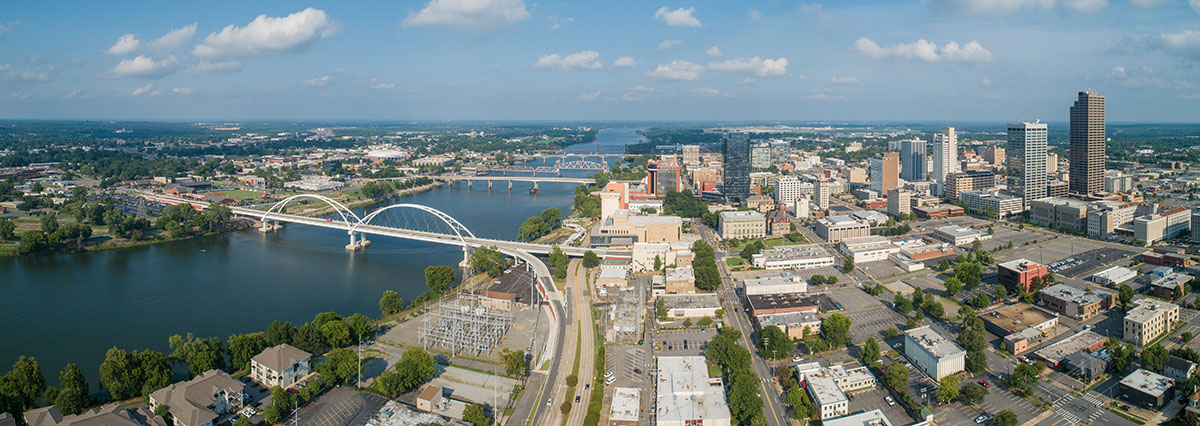
Things are perking up in the lobby of Simmons Tower. Italian Coffee Corner opened in early November, and it is quickly becoming a regular stop for a morning boost, lunch, or an afternoon pick-me-up.
Owners, Bruno Muskaj and wife, Yuliia Kornytska had just opened Coffee Corner in Maumelle when they learned about lobby space available in Simmons Tower. Brooke Miller and Brandon Sheard of Kelley Commercial Partners met with the couple and showed them the space in the southeast corner of the lobby. The couple decided to go for it and open a second location. They placed their order for another Italian-made Lavazza espresso machine and waited three months for its arrival. The Lavazza finally arrived, and she is a beauty! With Bruno in charge and using Lavazza’s 100 percent Arabica beans, the results are smooth, rich, and oh, so gratifying.
Yuliia and Bruno met while working on a cruise ship and dreamed of opening a coffee shop of their own. They were about to open one in Saranda, Albania when Covid hit and a friend asked them for help in his restaurant in Arkansas. Arkansas? Bruno grew up in Albania and never thought he could live away from the sea, but when he saw Arkansas, he loved it. “It’s beautiful here. Lots of trees. Plenty of water,” Bruno said.
Bruno’s love for coffee began at a very early age when his Italian grandmother showed him how to make espresso. His favorite drink is the ristretto, which is a concentrated, short espresso shot. Yuliia’s Ukrainian roots influence the pastries they serve — buttery, flakey, and delicious.
Now with two shops, Yuliia manages the very busy Maumelle location while Bruno manages the downtown shop. Bruno prefers being in the center of the city with lots of activity. Their menus differ slightly but both offer plenty of options ranging from the crowd-favorite chocolate danishes to savory sandwiches served on their freshly baked, buttery croissants.
So, next time you’re downtown and need a little something to get you going, visit the Italian Coffee Corner in Simmons Tower. They’re open Monday through Friday from 7 a.m. to 3 p.m.* Coffee Corner in Maumelle is open Monday through Saturday from 6 a.m. to 2 p.m. and Sundays from 8 a.m. to noon.
* Hint: If you don’t happen to work in or near Simmons Tower, the southeast entrance nearest the intersection of 6th and Spring Streets will lead you directly to Italian Coffee Corner. Metered parking is almost always available on 6th St.


